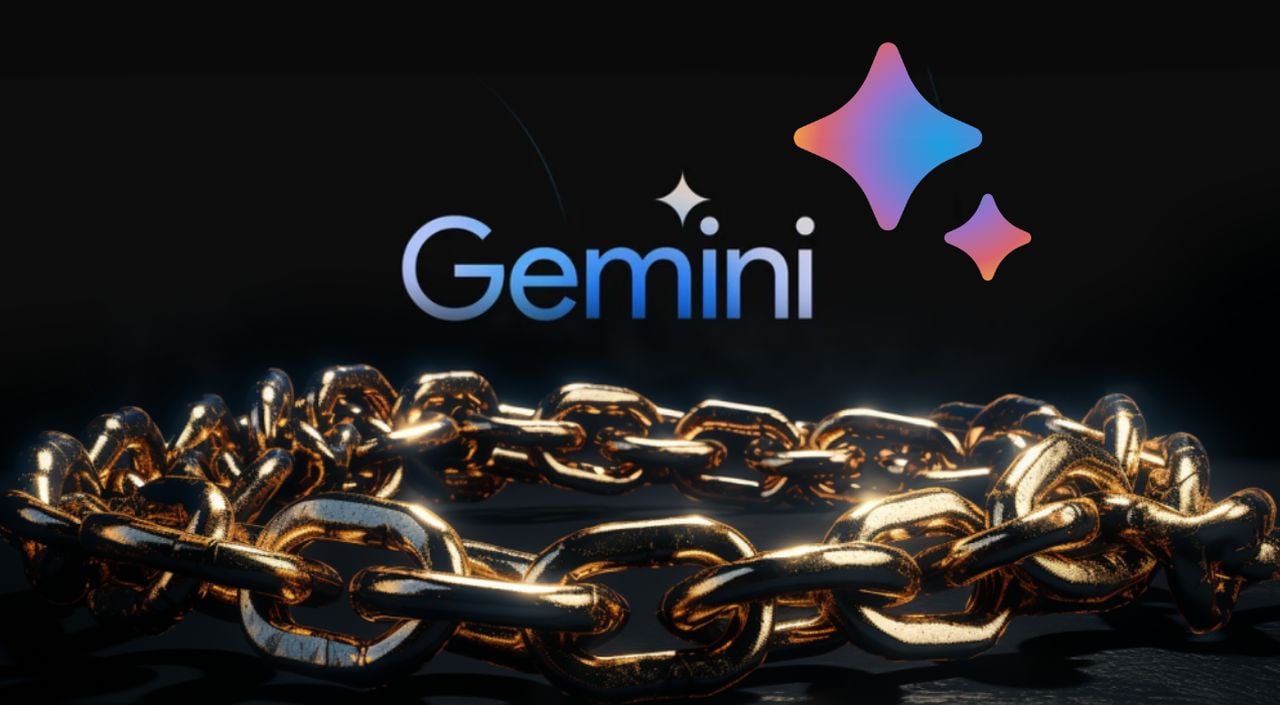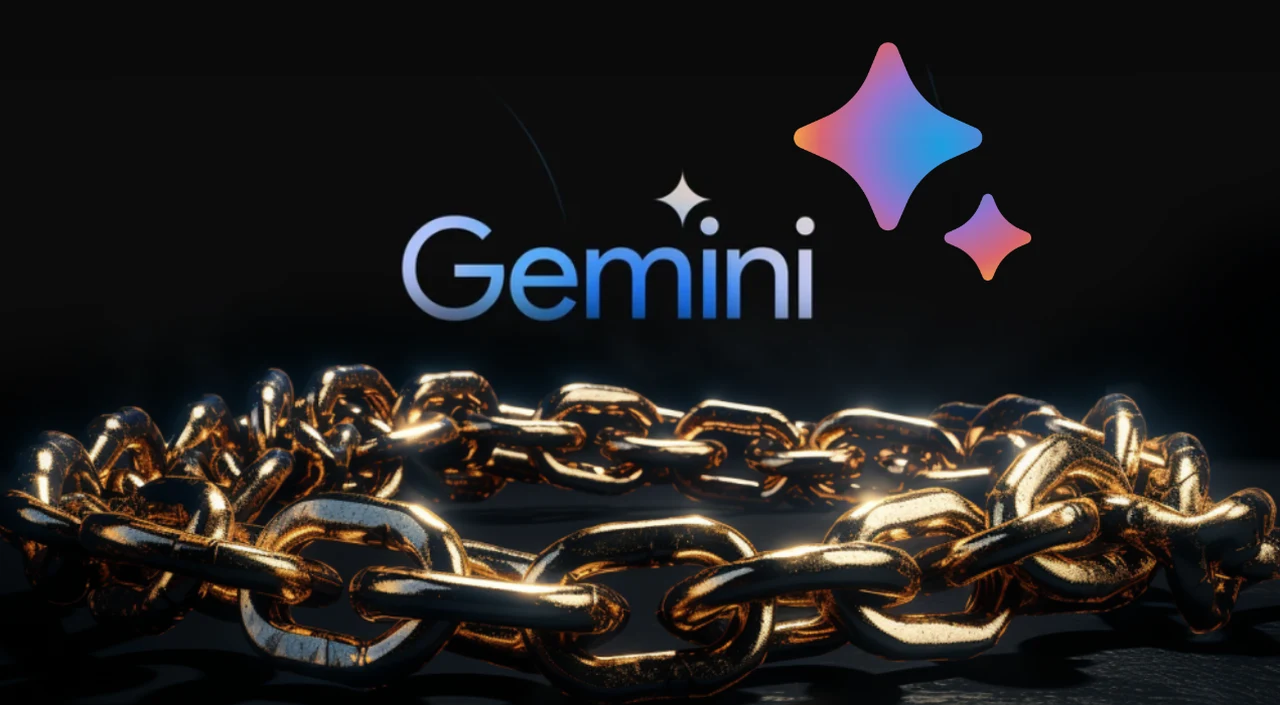[ad_1]

Alibaba’s Qwen 1.5 is an open-source AI model that ranges from 0.5 to 72 billion parameters, offering performance close to GPT-4. The Qwen-Agents framework, built on the Qwen 1.5 model, enables the development of large-scale, niche model applications that can follow instructions, utilize tools, plan, and remember. The framework includes a Chrome browser extension capable of interacting with web pages and documents, summarizing content, and automating writing tasks.
Qwen-Agents offers a variety of functionalities, including function calling, a code interpreter, and the ability to retrieve and generate content (RAG). The framework allows for the creation of applications that can upload files, engage in multi-turn conversations, and perform data analysis. Examples of applications developed with Qwen-Agents include a browser assistant, PDF Q&A, and chatbots. The framework is versatile, with a repository providing examples and guidance on how to get started, including installation instructions and the integration of custom tools and plugins. Let’s dive a little deeper.
Imagine stepping into a world where artificial intelligence (AI) is not just a tool, but a partner that understands you and helps you achieve more. Alibaba has just unveiled Qwen 1.5, a powerful AI model that is set to redefine the boundaries of what AI can do. With a range of 0.5 to 72 billion parameters, Qwen 1.5 is a formidable contender in the AI landscape, rivaling the capabilities of advanced models like GPT-4. This new AI model is not just a standalone marvel; it’s the foundation of something bigger—the Qwen-Agents framework.
The Qwen-Agents framework is a comprehensive system that allows you to build AI applications that go beyond simple command execution. It’s designed to help you create applications that can manage tools, plan ahead, and learn from previous interactions. Whether you’re a seasoned developer or just starting out, the Qwen-Agents framework gives you the power to turn your AI ideas into tangible solutions.
How to create AI agents using Qwen-Agents
One of the most exciting aspects of this new technology is the Qwen-Agents Chrome browser extension. This isn’t your average browser tool that fades into the background. Instead, it actively engages with web pages, summarizing content and even automating writing tasks. It’s like having a personal assistant that’s dedicated to streamlining your online activities, saving you time and effort.
Here are some other articles you may find of interest on the subject of artificial intelligence (AI) agents and how they can be customized for a wide variety of different applications :
But the capabilities of Qwen-Agents don’t stop there. The AI can effortlessly manage function calling, interpret code, and handle content retrieval and generation. These advanced functionalities are designed to be user-friendly, allowing you to command the AI to carry out a wide array of tasks. This could range from uploading files to having in-depth conversations, making it an invaluable tool for data analysis and other complex tasks.
The practical applications of Qwen-Agents are as varied as they are impressive. Imagine a browser assistant that not only makes surfing the internet easier but also enhances your experience. Or consider a chatbot that provides instant customer support, tailored to the specific needs of each user. These are just a few examples of how the Qwen-Agents framework can be adapted to meet real-world demands, offering innovative and effective solutions.
For developers eager to explore the possibilities of Qwen-Agents, getting started is straightforward. The framework comes with detailed instructions for installation and customization. The repository is filled with examples and guidance to help you build AI applications confidently. Whether you’re looking to improve web interactions, engage in complex dialogues, or analyze data, Qwen-Agents is ready to assist you in your AI endeavors.
Alibaba’s Qwen 1.5 and the Qwen-Agents framework represent a significant advancement in the field of AI development. With capabilities that match those of GPT-4, the potential for creating customized, intelligent applications is vast. The future of AI is open-source and accessible, inviting you to contribute your creativity and innovation.
Filed Under: Guides, Top News
Latest Geeky Gadgets Deals
Disclosure: Some of our articles include affiliate links. If you buy something through one of these links, Geeky Gadgets may earn an affiliate commission. Learn about our Disclosure Policy.
[ad_2]
Source Article Link




